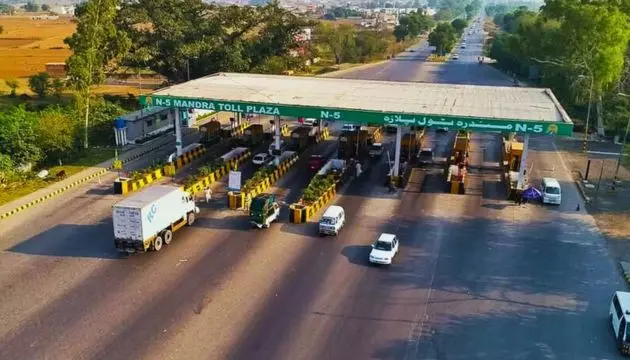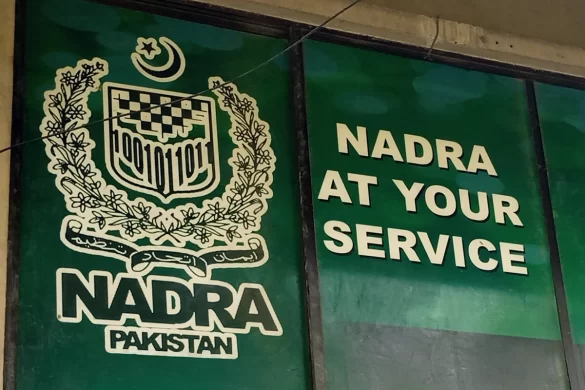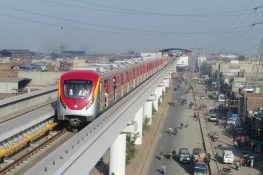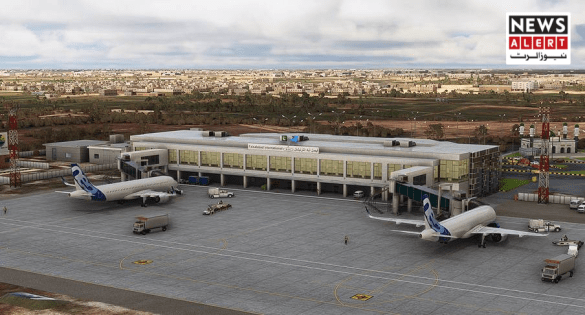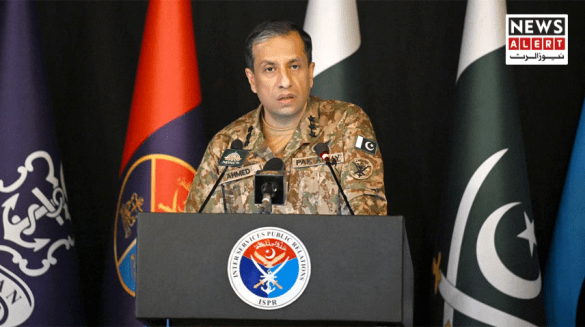Toll System Overhaul to End Paper Slips Across Punjab
The Government of Punjab has decided to fully digitalize all toll plazas across the province, replacing the outdated paper slip system with an advanced electronic toll collection model. The decision was approved during a high-level meeting chaired by Chief Minister Maryam Nawaz Sharif in Lahore, marking a major step toward modernizing public services in Pakistan’s most populous province.
Under the new system, all 38 toll plazas in Punjab will operate through a One App, One System model, similar to those used on national motorways. This initiative aims to ensure smoother traffic flow, minimize waiting times, and enhance transparency in toll collection. The provincial government says the system will also help reduce revenue leakages and improve record-keeping through digital monitoring.
Public-Private Partnership to Drive Infrastructure Projects
During the meeting, officials briefed the Chief Minister on various ongoing development schemes in the sectors of transport, energy, infrastructure, and urban beautification. One of the key outcomes of the meeting was the approval to repair and reconstruct five major roads under a public-private partnership (PPP) model.
According to the government, partnering with the private sector will help accelerate the pace of development while reducing costs. PPP models have previously been used in Pakistan for large-scale projects, including highways and energy plants, with varying degrees of success.
Chief Minister Maryam Nawaz emphasized the importance of accountability and efficiency, directing departments to ensure all infrastructure work meets international standards. She also instructed that solar-powered streetlights be installed on newly built roads to promote energy conservation and environmentally friendly practices.
Focus on Urban Renewal and Beautification in Lahore
The meeting also focused on improving the visual appeal and livability of Lahore, the provincial capital. Several urban beautification projects were approved to enhance the city’s public spaces and heritage zones.
Plans include installing a musical fountain in the park located in front of Lahore Railway Station and launching a miniature train for children. Additionally, within a three-kilometer radius of the station, new roads, footpaths, and landscaping will be developed to improve pedestrian access and reduce congestion in one of the city’s busiest areas.
Urban planners note that such projects, while seemingly aesthetic, also contribute to economic activity by attracting tourism and improving public morale. Lahore, home to more than 12 million people, has been struggling with issues of congestion, pollution, and unregulated urban growth for years.
Reconstruction After Flood Damage
The meeting also reviewed progress on post-flood rehabilitation efforts across the province. Officials reported that 54 major bridges, 142 smaller bridges, and 858 roads damaged in recent floods have now been fully restored.
Major restoration work has been completed in the districts of Murree, Chakwal, and Sahiwal, among others. The rehabilitation drive, which began earlier this year, was aimed at reconnecting rural communities and ensuring smooth transport of goods and people across flood-affected regions.
Infrastructure experts say that Pakistan faces recurrent flood damage due to poor drainage systems and climate change-induced heavy rains. The Punjab government’s reconstruction efforts are seen as an attempt not only to rebuild but also to reinforce roads and bridges against future disasters.
Step Toward Transparency and Digital Governance
Analysts view the toll plaza digitalization as part of the provincial government’s broader push toward e-governance and digital transformation. By reducing human involvement in cash handling and replacing manual systems with automated ones, the move is expected to significantly curb corruption and enhance public trust.
The Punjab government has in recent years introduced several digital initiatives — including online land record systems and e-ticketing for public transport — aimed at improving service delivery and transparency.
The introduction of a province-wide digital toll network represents another milestone in that direction. Once implemented, commuters will be able to make toll payments through a single integrated app, facilitating smoother travel between cities and reducing long queues at toll booths.
A Step Forward for Modern Punjab
Officials describe these measures as part of a larger vision for a Modern Punjab — one focused on smart infrastructure, efficient governance, and public convenience.
Chief Minister Maryam Nawaz reaffirmed her commitment to transforming Punjab into a model province through technology-driven reforms and sustainable development.
Our goal is to make governance transparent and citizen-friendly, she said during the meeting. Digitalization is not just a tool; it’s the foundation of a new, modern Punjab.
With toll plazas set to go fully digital, urban beautification projects underway, and post-flood reconstruction nearing completion, the province appears to be entering a new phase of modernization — one driven by technology, transparency, and public service.

